Are Disney princesses too perfect? Critic blasts button noses
Mirror, mirror on the wall, whose nose is the prettiest of them all?
A TikToker is denouncing Disney’s original princesses for sharing a similar trait: a tiny button nose.
In the viral video, the creator displays a series of screenshots of Belle, Aurora, Elsa, Anna, Ariel and Moana, each one with her identical schnoz circled, and each schnoz in question featuring a thin, sloped bridge that comes to a perfect point.
Then, followed the villains, whose honkers come in all shapes and sizes, complete with lumps and bumps. Their bridges are crooked, taking up a large portion of their facial surface area, and the ball of some noses appeared bulbous.
The clip argued that the heroines were given perfect facial features, while noses deemed as imperfect or unsightly were attributed to the wicked.
“This must be so confusing for a little girl,” the user wrote on the video, which scored 5.3 million views since it was posted last month.
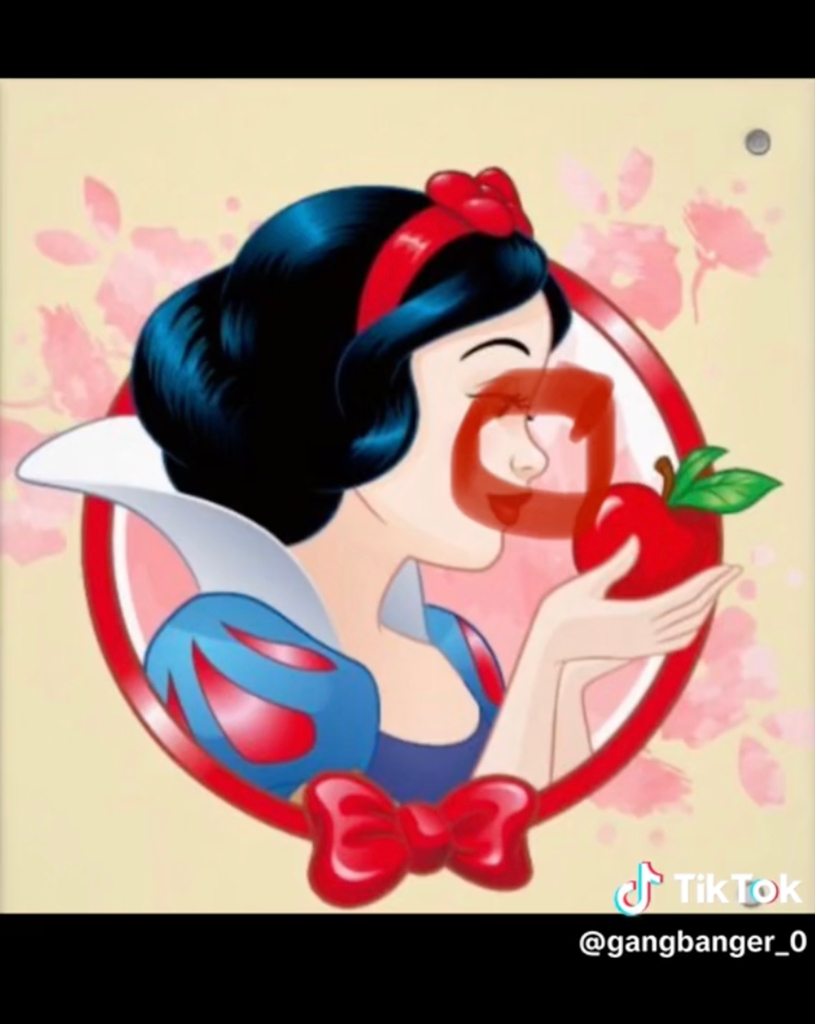
A TikToker known as Robin Reaction also shared a clip last year making a similar argument.
The creator claims that some of the earliest princesses barely had a nose at all, at least when the animated beauties were viewed head-on. Meanwhile, no matter what profile view, “evil” characters had identifiable smellers.
“One of the easiest ways to tell if a woman is going to be evil, or just very unf - - kable, is to see if they have a nose that actually resembles a nose,” she said.
On both videos, viewers debated whether kids could really sniff out beauty standards, or if the theories were a bit farfetched.
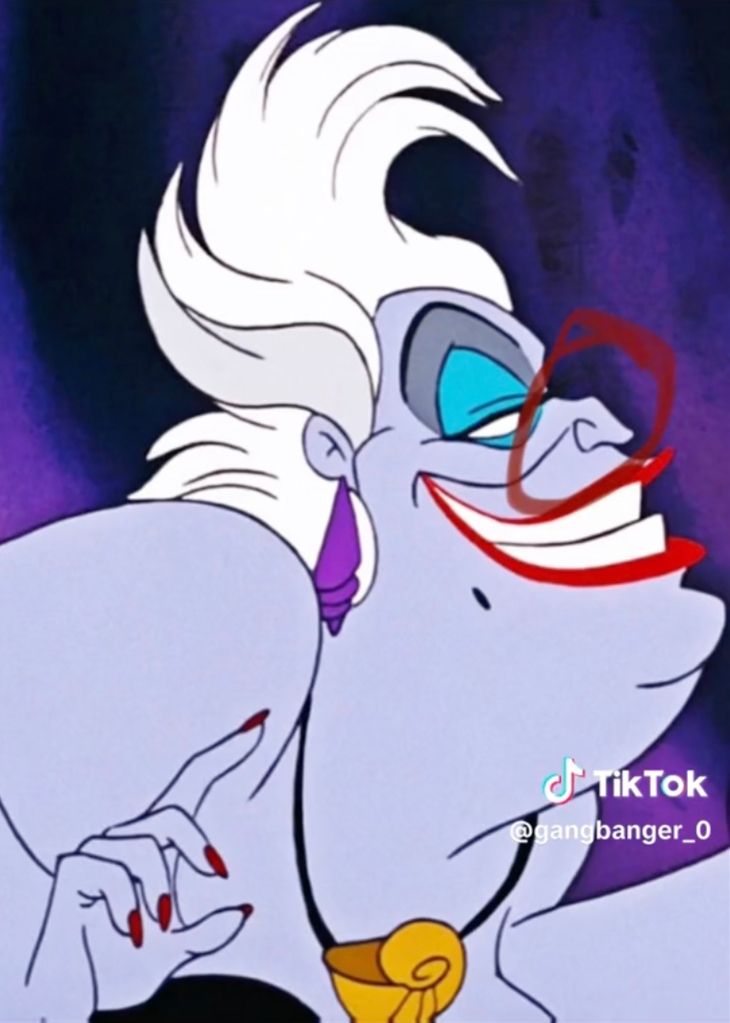
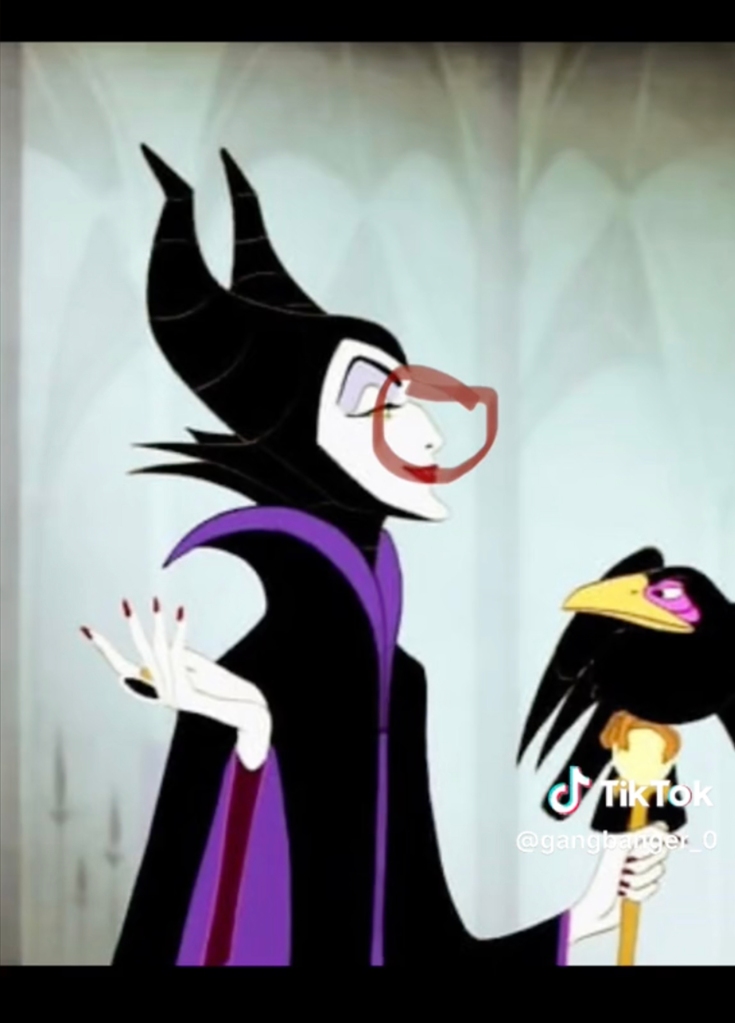
“So are we gonna cry about every single thing in life or just carry on,” griped one viewer in response to Robin’s clip. “It’s bc villians [sic] often have sharp facial structure to appear cold and sharp. Notice how happy and bubbly characters often have a round face,” argued another.
“This is probably why I always hated my nose and didn’t realize it,” wrote someone else.
“I noticed this as a kid and I HATED it. Why was it I could only ever find my nose shape on a villain,” lamented another.
The Post has reached out to Disney for comment.
But the effects expand beyond the screen. A former cast member at a Disney park said the key to scoring a coveted princess role at the park is to have a “forgettable pretty face.”
“The standard that you’re trying to attain when you’re trying to get hired as a princess … is the most forgettable pretty face you can have,” the performer, who goes by Melanie, told Insider last year.
Sarah Daniels, 32, echoed similar claims to The Post at the time, recalling her own audition when casting directors cut Magic Kingdom hopefuls after a single glance. It’s “hard to accept,” she said, because it isn’t something that can be earned.
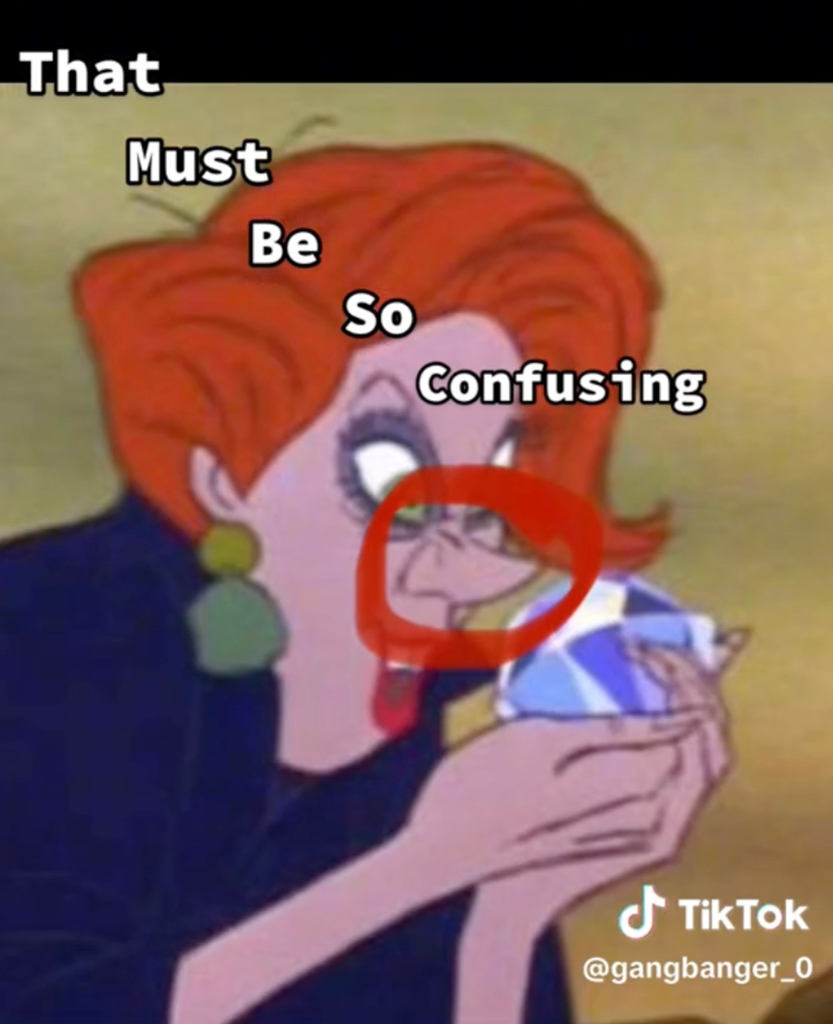
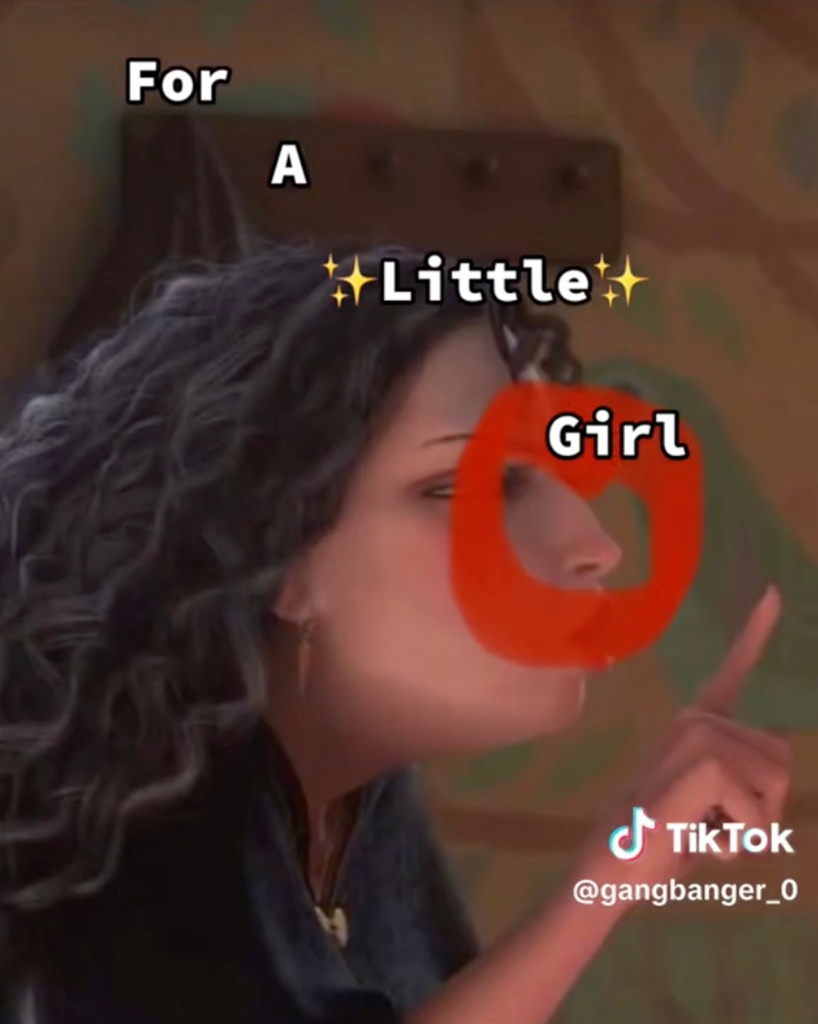
This isn’t the first time the Disney dames have been criticized for their unrealistic portrayals of beauty.
A 2019 study published on APA PsycNet studied the damsels’ waist-to-hip ratio, concluding that Disney princesses have a smaller ratio that is “nearly impossible to achieve naturally.” The villains, in comparison, had a larger wait-to-hip ratio, which has the potential to “heighten or reinforce” stereotypes that “physically attractive individuals with lower [waist-to-hip ratios] possess morally favorable qualities.”
Brigham Young University conducted their own research in 2016 on “princess culture” — or the obsession with Disney princesses — and how it impacts youth.
“Disney Princesses represent some of the first examples of exposure to the thin ideal,” study author Sarah Coyne, a family life professor at the university, said in a statement. “As women, we get it our whole lives, and it really does start at the Disney Princess level, at age 3 and 4.”
Read the full article Here


